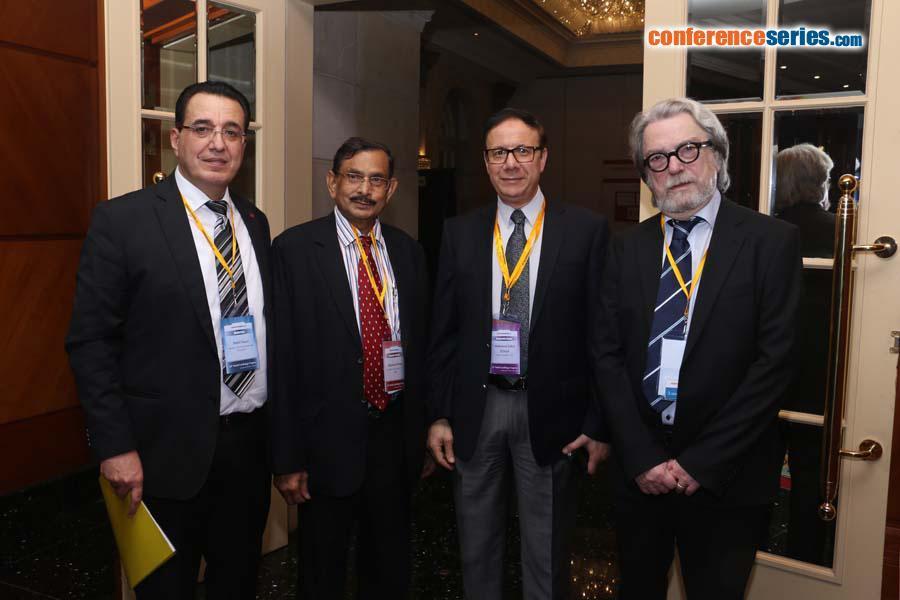
Rainer Moosdorf
University Hospital of Giessen and Marburg, Germany
Title: Minimally invasive procedures in heart surgery from VT ablation to special accesses in TAVIs
Biography
Biography: Rainer Moosdorf
Abstract
Minimally invasive interventions have gained much interest in many surgical disciplines and also in cardiovascular surgery. Many of them are not truly minimal but less invasive as compared to interventional cardiology with its small puncture sites; even small thoracotomies are bigger and accordingly not minimally invasive. However, even less invasive procedures reduce the surgical burden for the sick heart and the increasingly sicker and elder patients. This shall be demonstrated by two different examples from opposite ends of the line. Ventricular Tachycardia (VT) is life threatening arrhythmias arising from scar areas, mainly following myocardial infarctions. The established therapy today is the implantation of ICDs to prevent sudden cardiac death. However, this is a palliative approach and many, especially younger patients are limited in their daily and professional life by syncope and potential shocks. A significant number of these patients have to undergo open heart surgery because of diffuse coronary artery disease or the sequel of a myocardial infarction like ventricular aneurysms. A simple mapping guided laser assisted ablation of the VT foci during such surgery may terminate the VTs, making an ICD implantation unnecessary, or at least reduce the arrhythmic burden in such a way that frequent VTs or even VT storms do not occur and ICD shocks become a rare event. With the introduction of the laser technique, these interventions are no longer consist of large resection but of small ablation spots, which may even be limited to the epicardial surface of the heart in suitable cases. Less invasive techniques have in these cases widened the spectrum of curative options in contrast to the palliative ICD. On the other end of the line, catheter based implantation techniques for the aortic (TAVI) and in near future also for the mitral valve has opened the doors for a large number of elderly and multi-morbid patients, who are formerly excluded from open heart surgery because of an incalculable risk. Many of them again show up with significant cardiovascular comorbidities which necessitate alternative procedures and approaches. Up to ¼ of elderly patients with a heart disease also suffer from symptomatic carotid artery disease. They may offer a combined approach of carotid endarterectomy even under local anesthesia followed by a transcarotid TAVI via the same access and special techniques may avoid a negative impairment of carotid perfusion during valve implantation. Even if open heart procedures are indicated in these elderly patients, additional to an aortic valve replacement, a transaortic direct TAVI may reduce cross clamp and operating time significantly and accordingly reduce the risk and provide a realistic therapeutic option. Some of these special techniques have been further developed at our department during recent years and shall be demonstrated with their results.







